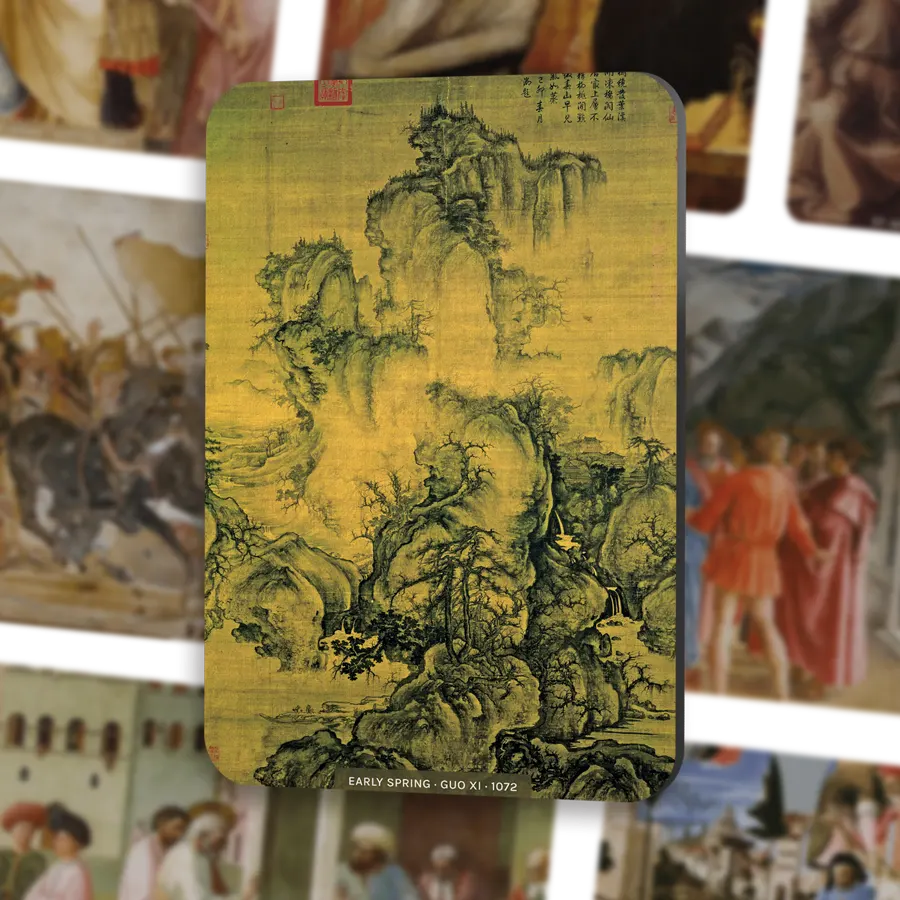Art is more than just a class in the curriculum; it is a powerful tool that can enhance the academic achievement of students. Through visual arts and other creative disciplines, educators can foster creativity, imagination, and critical thinking skills. Art in education goes beyond simply teaching students to draw or paint; it helps them develop a well-rounded education that prepares them for success in the 21st century.
Why is art in education important?
1. Enhancing academic achievement
Research has shown that incorporating art into the classroom can lead to better academic achievement. When students engage in artistic activities, they develop cognitive skills that are essential for learning other subjects. Art encourages students to think innovatively and creatively, allowing them to approach new concepts and ideas from different perspectives.
2. Fostering creativity and imagination
Art education provides students with the opportunity to express their creativity and imagination. Through visual arts, students can explore their own unique perspectives and communicate their thoughts and feelings. This process not only cultivates self-expression but also enhances problem-solving and critical-thinking skills. When students are encouraged to think outside the box, they become more innovative and adaptable learners.
3. Developing critical thinking skills
Art allows students to think critically and analytically. When students engage in artistic activities, they learn to observe, analyze, and interpret visual information. They develop the ability to make decisions, evaluate alternatives, and apply their knowledge to solve problems. These critical thinking skills are transferable to other academic disciplines and are essential for success in the modern world.
4. Enhancing problem-solving skills
Art education enhances problem-solving skills. Through artistic activities, students learn to observe, analyze, and interpret visual information. They develop the ability to think critically, evaluate alternatives, and make informed decisions. These skills are transferable to other academic disciplines and are essential for success in the modern world.
5. Developing a well-rounded education for every student
By embracing art in education, every student has the opportunity to develop a well-rounded education. Art provides students with a unique form of self-expression, cultivates their creativity, and nurtures their cognitive, emotional, and social development. A well-rounded education prepares students not only for academic success but also for personal fulfillment in all aspects of their lives.
How can art in education be helpful for students?
1. Bridging the achievement gap
Art education can help bridge the achievement gap among students. By incorporating art into the curriculum, educators can provide a creative and inclusive learning environment where every student has the opportunity to succeed. Art allows students to engage with different forms of expression and provides alternative pathways for understanding and learning. This fosters a sense of equity and ensures that every student can thrive academically.
2. Incorporating art in other subjects
Art can be integrated into other subjects, such as math or science, to enhance learning. By incorporating visual elements, students can better understand abstract concepts and develop a deeper understanding of complex topics. For example, using art to visualize mathematical concepts can help students grasp mathematical principles in a more tangible and concrete manner. Art integration allows students to explore different perspectives and make connections across disciplines.
3. Promoting civic engagement
Art education plays a vital role in promoting civic engagement among students. Through art, students can explore social issues, express their opinions, and become active participants in their communities. Art helps students develop empathy, compassion, and a sense of social responsibility. Whether it's creating artwork that raises awareness or engaging in community art projects, students can use their creative skills to make a positive impact on society.
What initiatives are there to promote art in education?
1. Advocacy for art education
Organizations like the National Art Education Association advocate for the importance of art in education. They work to promote policies that support art education in schools and raise awareness about its benefits. These advocacy efforts help ensure that art remains an integral part of the curriculum and receives the support it needs to thrive.
2. Partnerships with museums and arts organizations
Partnerships with museums and arts organizations can provide students with unique and enriching experiences. Field trips to museums or collaborations with professional artists allow students to explore art in new ways and expand their artistic horizons. These partnerships also provide opportunities for students to showcase their artwork and receive valuable feedback from experts in the field.
3. Training and support for art educators
Providing training and support for art educators is essential to ensure the quality of art education. Professional development programs and resources help art educators stay updated with the latest teaching techniques, pedagogy, and best practices. By equipping art educators with the necessary tools and knowledge, students can receive high-quality art instruction that nurtures their creativity and guides their artistic development.
How can art be integrated into the classroom?
1. Using art as a teaching tool
Art can be used as a teaching tool across various subjects. For example, educators can use visual art to enhance lessons in history or literature. By incorporating artworks or creating visual representations, students can better understand historical events or literary works. Art serves as a bridge between abstract concepts and concrete understanding, making learning more engaging and meaningful.
2. Providing helpful downloads and resources
There are various helpful downloads and online resources available for educators to incorporate art into their lessons. These resources provide lesson plans, project ideas, and guides for integrating art into different subjects. By utilizing these resources, educators can easily incorporate art activities into their curriculum and enhance student learning experiences.
3. Encouraging peer collaboration and participation
Art can be a collaborative activity that fosters peer collaboration and participation. Group projects, art discussions, and critiques encourage students to exchange ideas, offer feedback, and learn from each other. Collaborative art projects also promote teamwork, communication skills, and respect for diverse perspectives. By creating a supportive and inclusive environment, educators can harness the power of peer collaboration to enhance artistic growth and learning.
The future of art in education: Trends and initiatives
Exploring the impact of art museums in education
Art museums play a vital role in art education. They provide students with opportunities to experience art firsthand and learn about different artistic movements and techniques. Art museum programs, such as guided tours and workshops, not only enhance students' knowledge of art but also inspire creativity and spark their imagination.
Art education in the digital age: Innovations and opportunities
The digital age opens up new avenues for art education. Technology enables students to explore art in innovative ways, such as digital art creation, virtual museum tours, and online art communities. By embracing technology, schools can harness its potential to enhance art education and provide students with new ways to express themselves artistically.
Empowering every student through creative expression
Art education empowers every student through creative expression. Regardless of their background or academic strengths, art provides students with a medium to express themselves, explore their emotions, and communicate their ideas. By valuing art as an integral part of education, schools ensure that every student has the opportunity to discover and develop their artistic abilities.
Learn more about art through Large ARTWALL + 90 Art Magnets - educational magnetic cards.
Q: What is art education and why is it important in schools?
A: Art education refers to the inclusion of visual arts, music, theater, and dance in the curriculum of educational institutions. It is important in schools as it provides students with opportunities for self-expression, encourages creativity and critical thinking, and enhances their overall learning experience.
Q: How can art education be beneficial for students?
A: Art education offers numerous benefits for students. It helps improve their academic performance, enhances their problem-solving skills, fosters their imagination and self-confidence, and promotes their social and emotional development.
Q: Is art education only for students who are talented in the arts?
A: No, art education is for all students, regardless of their talent or ability. It is designed to nurture the creative potential in every individual and provide them with the means to express themselves artistically.
Q: What role does art education play in the development of social and emotional skills?
A: Art education plays a vital role in the development of social and emotional skills. It helps students express their emotions, develop empathy and compassion, and learn how to communicate and collaborate effectively with others.
Q: Is art education only relevant at the elementary level, or is it beneficial in middle and high school as well?
A: Art education is beneficial at all grade levels, from elementary school through middle and high school. It provides students with a wide range of artistic experiences and opportunities for personal and artistic growth.




